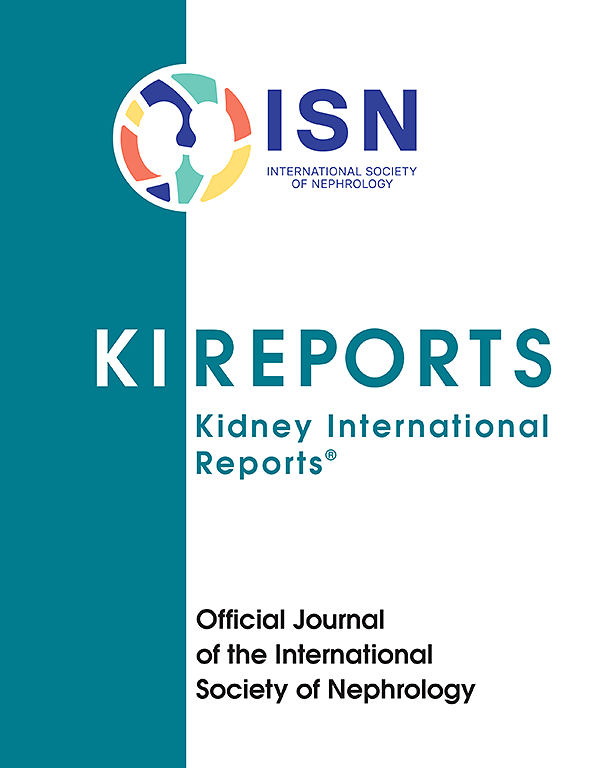Outcomes for Patients With a Deceased Donor Kidney Offer in the New Allocation System
IF 5.7
2区 医学
Q1 UROLOGY & NEPHROLOGY
引用次数: 0
Abstract
Introduction
In the United States (US), disparities in access to kidney transplantation exist for waitlisted candidates with end-stage kidney disease. Meanwhile, changes in kidney allocation policy have been associated with a dramatic increase in the number of organ offers declined before an organ is successfully placed.
Methods
We describe transplant and mortality rates for waitlisted candidates from 2015 to 2022 following these allocation changes.
Results
Among 249,145 incident waitlisted adults, 180,039 received at least 1 offer and were included in the study. Of these, 37.7% received a deceased donor kidney allograft, 14.7% received a living donor allograft, 7.4% died while on the waiting list, 12.7% were removed, and 27.5% were still waitlisted by the study end period. Overall, candidates’ median number of days to receiving their first offer declined from 20 (7–48) in 2015 to 5 (2–13) in 2022. Candidates who died while on the waiting list received a median of 25 (9–56) offers and candidates who were removed received a median of 22 (8–53) offers during the study period. The total number of offers generated by the match-run algorithm, including those from nonutilized kidneys, increased sharply from 7,911,688 offers in 2015 to 13,682,914 in 2019, and to 29,332,516 in 2022.
Conclusion
These findings emphasize the inefficiencies inherent in our current allocation algorithms and the need to rethink how waitlisted patients are prioritized for a given deceased donor organ in order to maximize the probability of appropriate utilization of lifesaving organs .

求助全文
约1分钟内获得全文
求助全文
来源期刊

Kidney International Reports
Medicine-Nephrology
CiteScore
7.70
自引率
3.30%
发文量
1578
审稿时长
8 weeks
期刊介绍:
Kidney International Reports, an official journal of the International Society of Nephrology, is a peer-reviewed, open access journal devoted to the publication of leading research and developments related to kidney disease. With the primary aim of contributing to improved care of patients with kidney disease, the journal will publish original clinical and select translational articles and educational content related to the pathogenesis, evaluation and management of acute and chronic kidney disease, end stage renal disease (including transplantation), acid-base, fluid and electrolyte disturbances and hypertension. Of particular interest are submissions related to clinical trials, epidemiology, systematic reviews (including meta-analyses) and outcomes research. The journal will also provide a platform for wider dissemination of national and regional guidelines as well as consensus meeting reports.
 求助内容:
求助内容: 应助结果提醒方式:
应助结果提醒方式:


